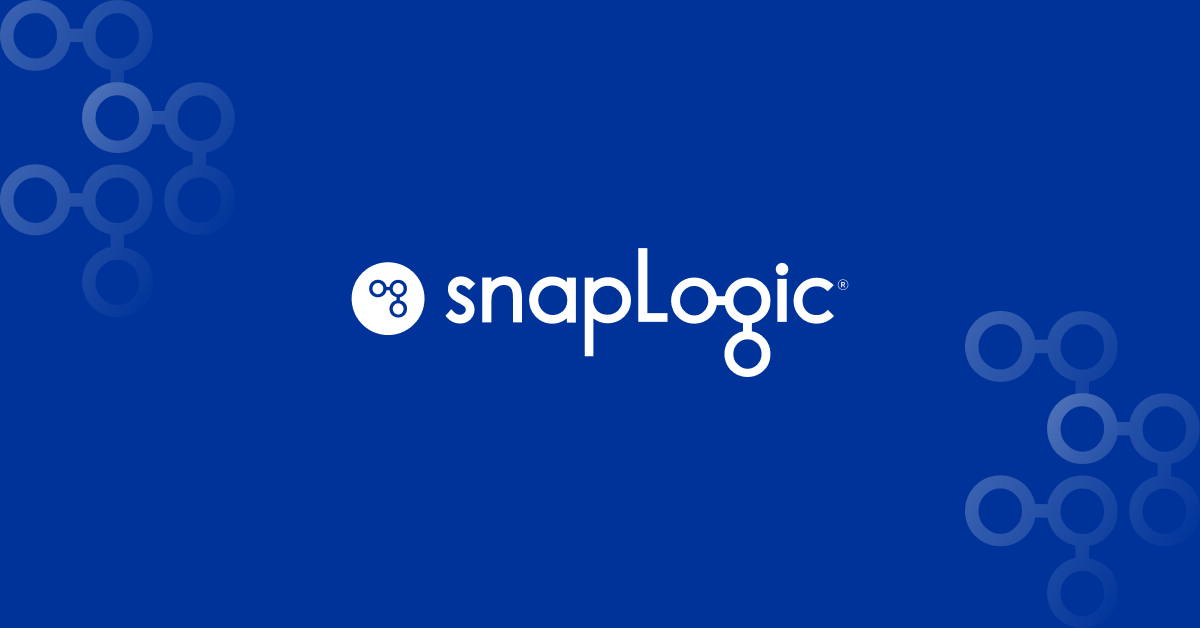 A few weeks ago the folks at Work-Bench invited SnapLogic founder and CEO Gaurav Dhillon to speak about his experience in the integration industry and what he sees for today and moving forward, as a guest at their Enterprise Founders Upfront event in New York. The #FoundersUpfront series was created to allow founders of tech companies to share their experiences and perspectives when starting a company, executing its growth and development and and ultimately scaling a successful enterprise technology business. Gaurav was invited in part for of his role in co-founding Informatica back in the 90’s, and switching gears in the application and data integration to found SnapLogic because of his vision for a truly cloud-based integration platform as a service (iPaaS).
A few weeks ago the folks at Work-Bench invited SnapLogic founder and CEO Gaurav Dhillon to speak about his experience in the integration industry and what he sees for today and moving forward, as a guest at their Enterprise Founders Upfront event in New York. The #FoundersUpfront series was created to allow founders of tech companies to share their experiences and perspectives when starting a company, executing its growth and development and and ultimately scaling a successful enterprise technology business. Gaurav was invited in part for of his role in co-founding Informatica back in the 90’s, and switching gears in the application and data integration to found SnapLogic because of his vision for a truly cloud-based integration platform as a service (iPaaS).
During the Founders Upfront interview, Gaurav spoke with Jon Lehr, Venture Director of Work-Bench and founder of the New York Enterprise Tech Meetup, and addressed the processes and ever-changing trends in enterprise sales over the past few years, as well as current SaaS friendly industries in the market today.
A few additional topics below as covered by the Work-Bench recap blog below:
- The early days of Informatica and how whether at a startup or a large company, everyone works hard in technology but sometimes it takes more than that to get products out in front.
- Which industry is leading cloud adoption including the financial services industry typically considered to be quick to adopt new technologies, while the retail industry is surprisingly – and aggressively – also SaaS savvy. Gaurav used an example here of SnapLogic customer Target, which created mobile apps and got more sophisticated in their understanding of customers.
- The disruption of legacy tech incumbents and recognizing that – when comparing cloud computing and existing business units – in order to survive, “you have to take huge risks and sail your company into harm’s way.”
You can also check out the full conversation between Jon and Gaurav, or watch Gaurav talk about the SnapLogic Elastic Integration Platform as a way to solve the Integrator’s Dilemma here. Enjoy!







